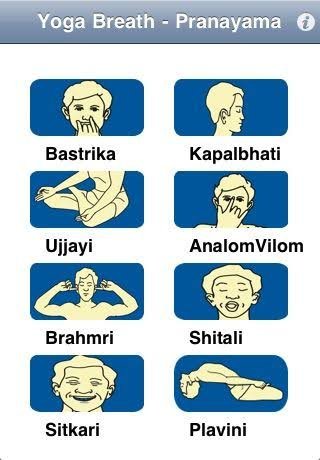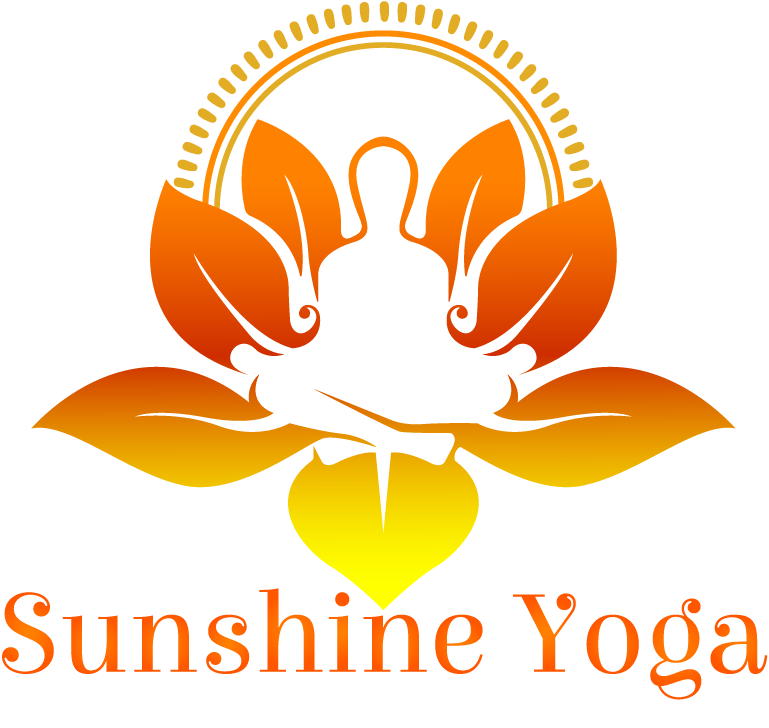Pranayama
- Home
- Shatkarma


Pranayama
Pranayama is the yogic practice of focusing on breath. In Sanskrit, prana means “vital life force”, and ayama means to gain control. In yoga, breath is associated with the prana, thus, pranayama is a means to elevate the prana shakti, or life energies. Pranayama is described in Hindu texts like the Bhagavad Gita and the Yoga Sutras of Patanjali. Later in Hatha yoga texts, it meant the complete suspension of breathing.
The Indian tradition of Hatha Yoga makes use of various pranayama techniques. The 15th century Hatha Yoga Pradipika is a key text of this tradition and includes various forms of pranayama such as Kumbhaka breath retention and various body locks (Bandha).
Other forms of pranayama breathing include Ujjayi breath (“Victorious Breath”), Bhastrika (“Bellows Breath”), Kapalabhati (“Skull-shining Breath”, a Shatkarma purification), Surya Bhedana (“Sun-piercing Breath”),and the soothing Bhramari (buzzing like a bee).
The real meaning of Pranayama, according to Patanjali, the founder of Yoga philosophy, is the gradual cessation of breathing, the discontinuance of inhalation and exhalation.
Pranayama should only be undertaken when one has a firmly established yoga practice and then only under the guidance of an experienced Guru.




